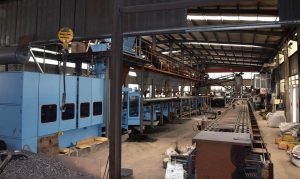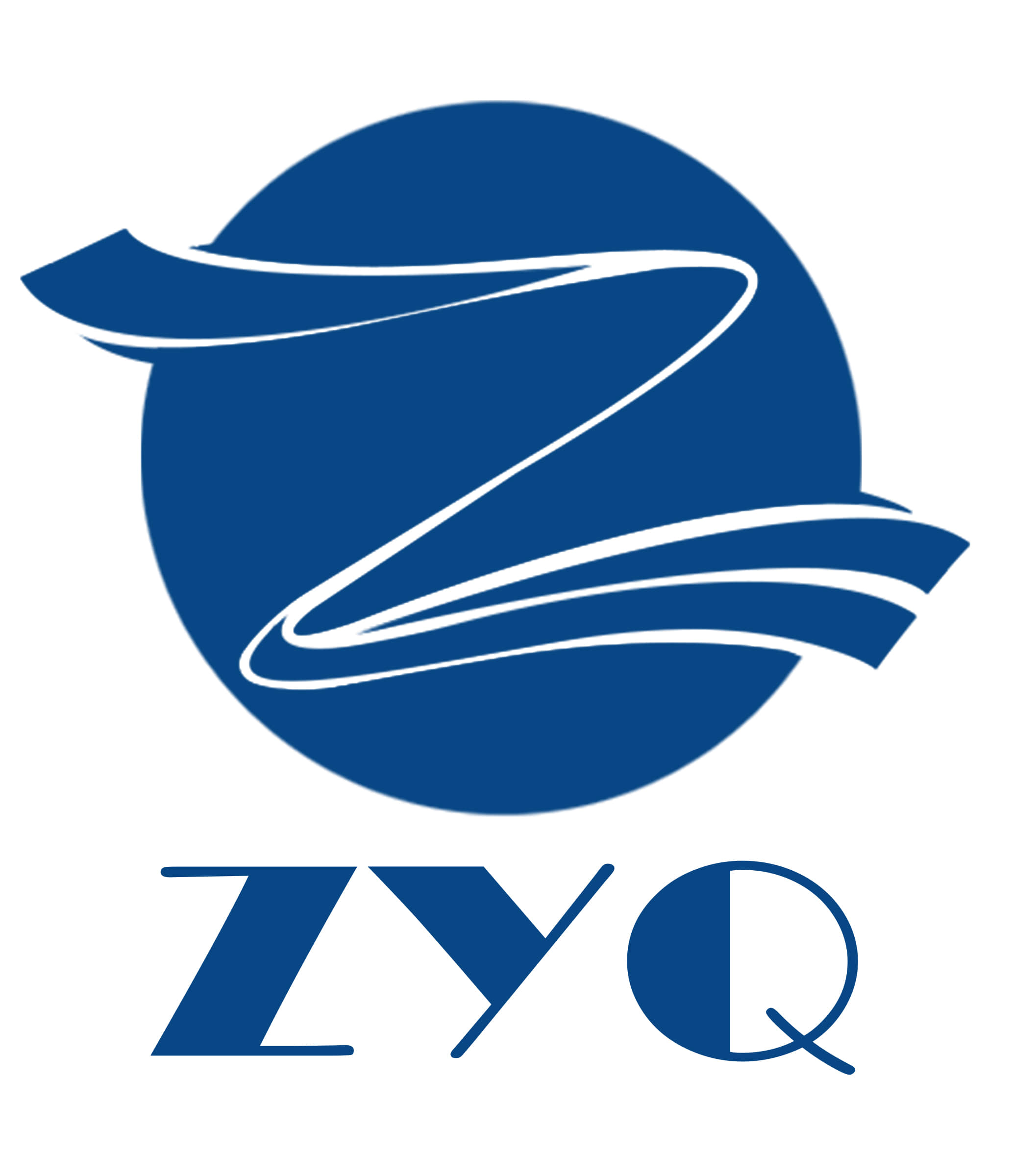OEM Ductile iron casting is a process that involves the production of high-quality metal parts. The process is widely used in various industries, including automotive, construction, and agriculture. OEM ductile iron casting parts are parts that are produced by original equipment manufacturers (OEMs) using ductile iron casting. In this guide, we will explore everything you need to know about OEM ductile iron casting parts.
What are OEM Ductile Iron Casting Parts?
OEM ductile iron casting parts are metal parts that are produced by OEMs using ductile iron casting. Ductile iron casting is a process that involves the melting of iron and the addition of small amounts of magnesium and other elements to make the iron more ductile. The molten iron is then poured into a mold and allowed to cool and solidify. The result is a high-quality metal part that is strong, durable, and resistant to wear and tear.
Advantages of OEM Ductile Iron Casting Parts
There are several advantages of using OEM ductile iron casting parts. These include:
1. Strength: Ductile iron casting parts are stronger than other types of metal parts, making them ideal for use in heavy-duty applications.
2. Durability: Ductile iron casting parts are highly durable and resistant to wear and tear, making them ideal for use in harsh environments.
3. Versatility: Ductile iron casting parts can be produced in a wide range of shapes and sizes, making them suitable for use in various applications.
4. Cost-effective: Ductile iron casting parts are cost-effective compared to other types of metal parts, making them an ideal choice for OEMs.
Applications of OEM Ductile Iron Casting Parts
OEM ductile iron casting parts are used in various industries, including:
1. Automotive: Ductile iron casting parts are used in the production of automotive parts such as engine blocks, cylinder heads, and brake components.
2. Construction: Ductile iron casting parts are used in the production of construction equipment such as excavators, bulldozers, and cranes.
3. Agriculture: Ductile iron casting parts are used in the production of agricultural equipment such as tractors, plows, and cultivators.
4. Mining: Ductile iron casting parts are used in the production of mining equipment such as crushers, conveyors, and drilling machines.
5. Energy: Ductile iron casting parts are used in the production of energy equipment such as turbines, generators, and transformers.
How to Choose OEM Ductile Iron Casting Parts
When choosing OEM ductile iron casting parts, there are several factors to consider. These include:
1. Quality: The quality of the parts is crucial, and you should choose parts that are of high quality to ensure durability and reliability.
2. Price: The price of the parts is also an important factor to consider, and you should choose parts that are cost-effective.
3. Compatibility: The parts should be compatible with the equipment or machinery they are intended for.
4. Delivery time: The delivery time of the parts is also an important factor to consider, and you should choose a supplier that can deliver the parts within the required time frame.
5. Customer service: The supplier should have excellent customer service to ensure that any issues or concerns are addressed promptly.
OEM ductile iron casting parts are high-quality metal parts that are used in various industries. The parts are strong, durable, and cost-effective, making them an ideal choice for OEMs. When choosing OEM ductile iron casting parts, it is essential to consider factors such as quality, price, compatibility, delivery time, and customer service. By choosing the right parts, you can ensure that your equipment or machinery operates efficiently and reliably.
Spray molding, also known as electrostatic powder spraying coating, is a commonly used decorative technology for metal surface treatment internationally since the 1980s.
Spray molding is the process of charging plastic powder through high-voltage electrostatic equipment, and under the action of an electric field, spraying paint onto the surface of the workpiece. The powder will be evenly adsorbed on the surface of the workpiece, forming a powdery coating; After high-temperature baking, the powdery coating flows flat and solidifies, and the plastic particles will melt into a dense final protective coating with varying effects; Firmly adhere to the surface of the workpiece.
The thickness is also according customers’ request.
Differences in anti-corrosion ability: Spray molding has low bending resistance, only cracks appear after bending, while spray painting has high bending resistance.
Differences in operability of color selection: Spray molding is an assembly line operation, with high cost of color changing and difficulty in color changing in small-scale production. Painting is more flexible and allows for free color selection.










-3-300x249.png)


